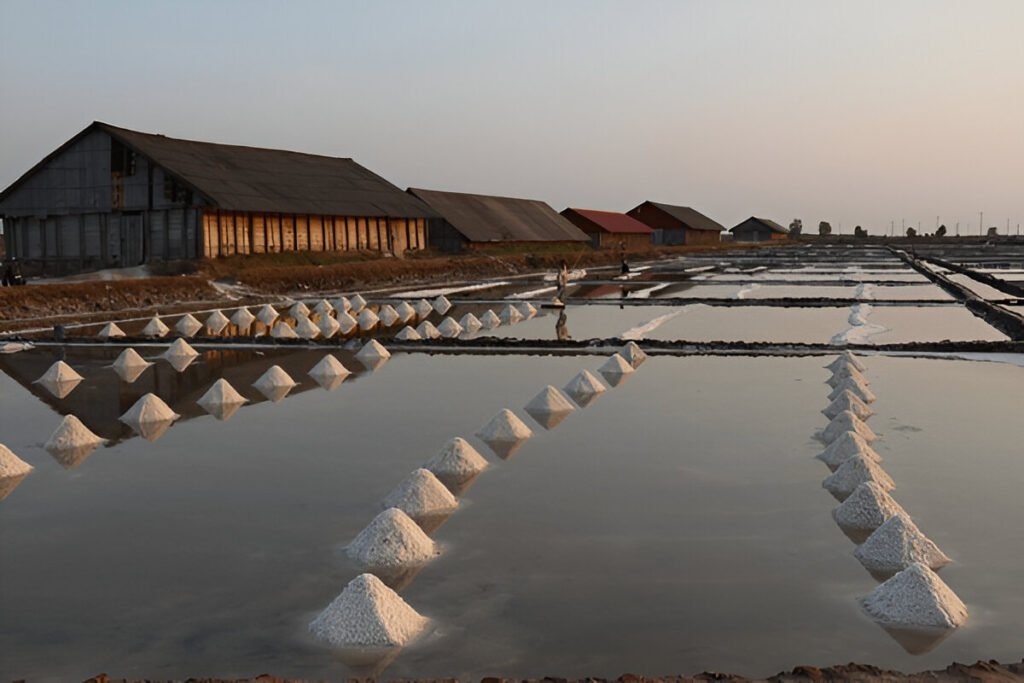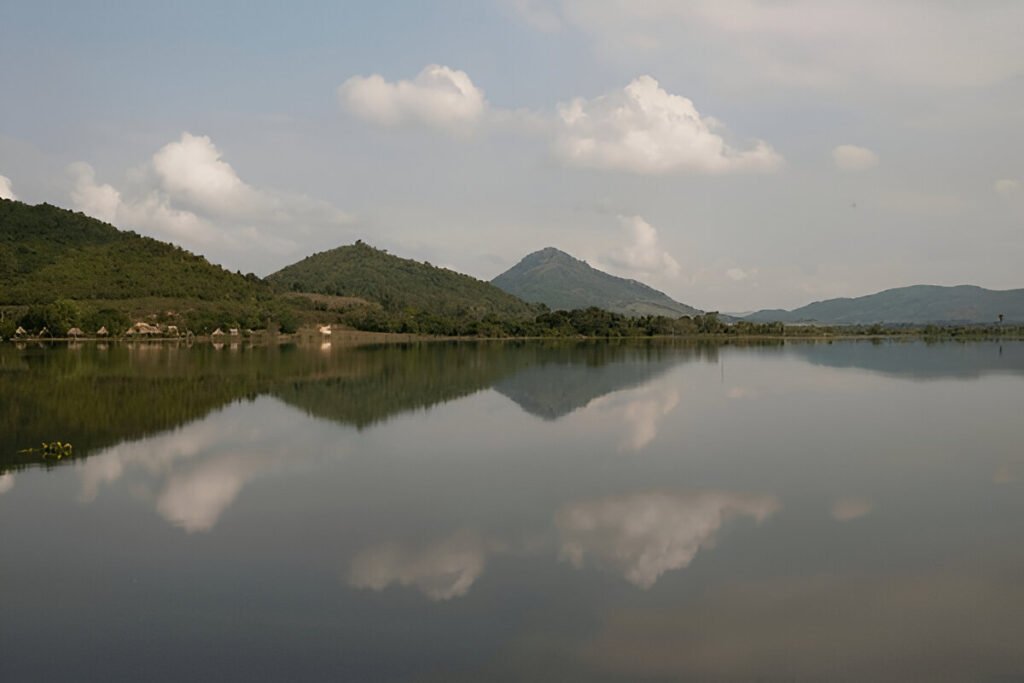Introduction:
Situated on the northeastern coast of Nagasaki Prefecture, the Shimabara Peninsula is famed for its enchanting beauty, fascinating history, and geothermal wonders. This destination, steeped in rich culture and history, offers visitors a unique blend of natural beauty and historic architecture. Synonymous with the volcanic hot springs and the majestic Shimabara Castle, the Peninsula makes for a captivating travel experience that allows you to immerse yourself in Japanese culture, history, and nature.
Discovering the Volcanic Hot Springs of Shimabara Peninsula
The Shimabara Peninsula is a geothermal paradise known for its abundant hot springs, with many of them being volcanic. Formed by the activity of Mount Unzen, an active volcano, these hot springs are a treat for nature lovers and wellness enthusiasts alike. One notable hot spring is Unzen Jigoku (Unzen Hell), a breathtaking scenic area with sulfuric gases, boiling mud, and hot springs. The natural hot water bubbling up from the earth creates an atmosphere that is both eerie and beautiful.
Aside from its visual appeal, the hot springs are also celebrated for their therapeutic properties. Rich in minerals, they are believed to offer a myriad of health benefits, including improving circulation and relieving stress and fatigue. Japan’s culture of bathing in these springs is deeply rooted in their society, offering an authentic glimpse into their customs and beliefs. After a rejuvenating dip, visitors can also enjoy local delicacies like Unzen Dango, a local dumpling made from potato, a testament to the region’s culinary heritage.
Unzen Onsen Town, nestled in the heart of the peninsula, serves as the ideal base from which to explore the hot springs. With its quaint streets lined with traditional ryokans (Japanese inns), food places, and shops selling local crafts, the town exudes a charm that transports you back in time.
Unveiling the History of the Majestic Shimabara Castle
The Shimabara Castle, also known as Moritake Castle, is an emblematic symbol of the Shimabara Peninsula. Constructed in the early 17th century, the castle stands as a testament to the region’s rich history. The castle, with its white stone walls and ornately curved roof tiles, is a stunning example of traditional Japanese architecture. The castle grounds are equally enchanting, featuring beautiful gardens, moats, and stone walls, all meticulously maintained.
Inside the castle, you’ll find the Shimabara Rebellion Museum, dedicated to the Christian revolt that took place in the area in the 17th century. Artifacts on display include samurai armor, weapons, and letters written by the rebels, providing an insightful glimpse into this pivotal moment in Japan’s history. The top floor of the castle offers stunning panoramic views of the city and the surrounding mountains and sea.
The castle also hosts several festivals and events throughout the year, including the Shimabara Castle Festival in spring. This traditional event reenacts the feudal lord’s procession, with participants dressed in samurai armor and kimonos, making it a colorful spectacle not to be missed.
Conclusion:
The Shimabara Peninsula, with its volcanic hot springs and historic castle, provides a captivating journey through nature, history, and culture. Whether relaxing in a hot spring while enjoying the serene beauty of nature or exploring the historical Shimabara Castle, the Peninsula offers a uniquely Japanese experience that is both enriching and unforgettable. So why wait? Plan your visit and discover the magic of Shimabara Peninsula for yourself.





